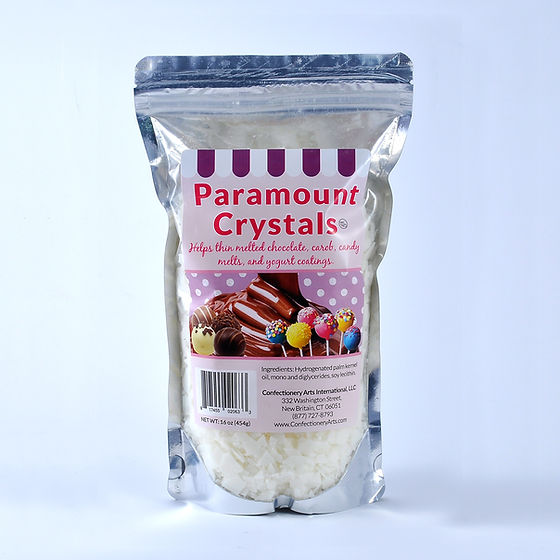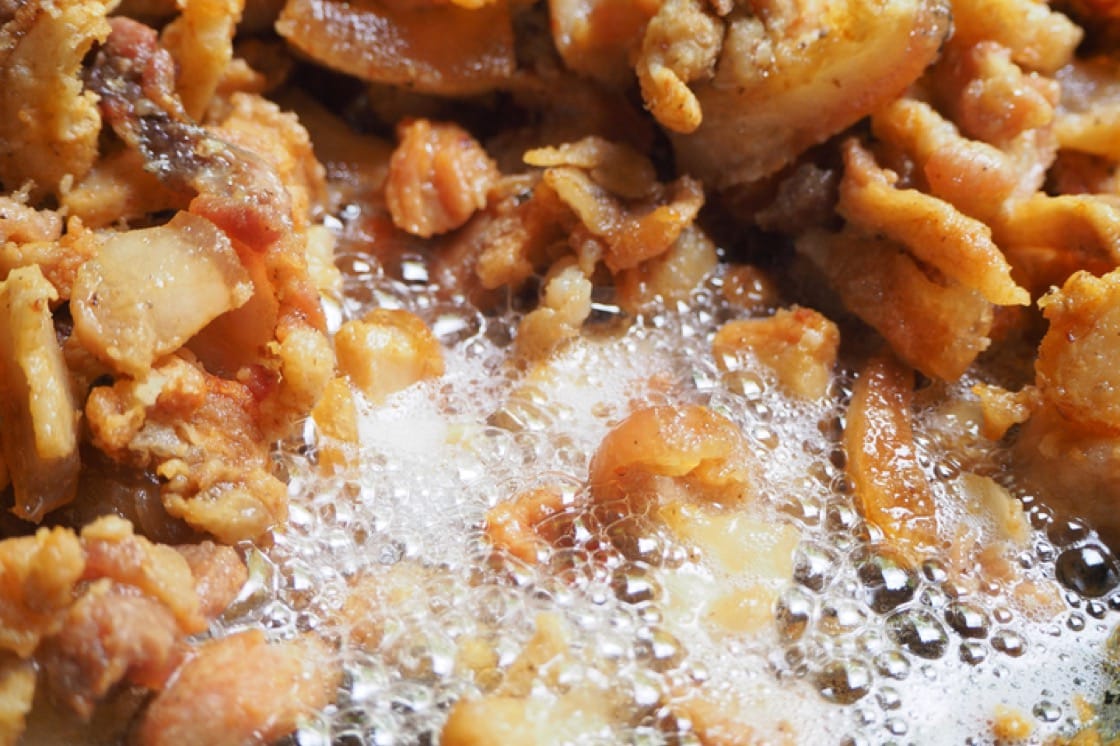Paramount Crystals: Mastering the Art of Chocolate Tempering
– Paramount crystals are a versatile ingredient used in the process of melting chocolate.
– They aid in the melting and thinning of chocolate.
– They are popular among chocolatiers, bakers, and candy makers.
– Recommended usage is 1 to 2 tablespoons per pound of chocolate wafers.
– Up to 1/4 cup can be used.
– A 4 oz bag equals 8 tablespoons, while a 1 lb bag equals 32 tablespoons.
– Paramount crystals are odorless and tasteless.
– They do not alter the flavor of the chocolate wafers.
– It is advised to melt the paramount crystals before adding them to the melted chocolate wafers.
– This method creates a smooth and fluid chocolate.


